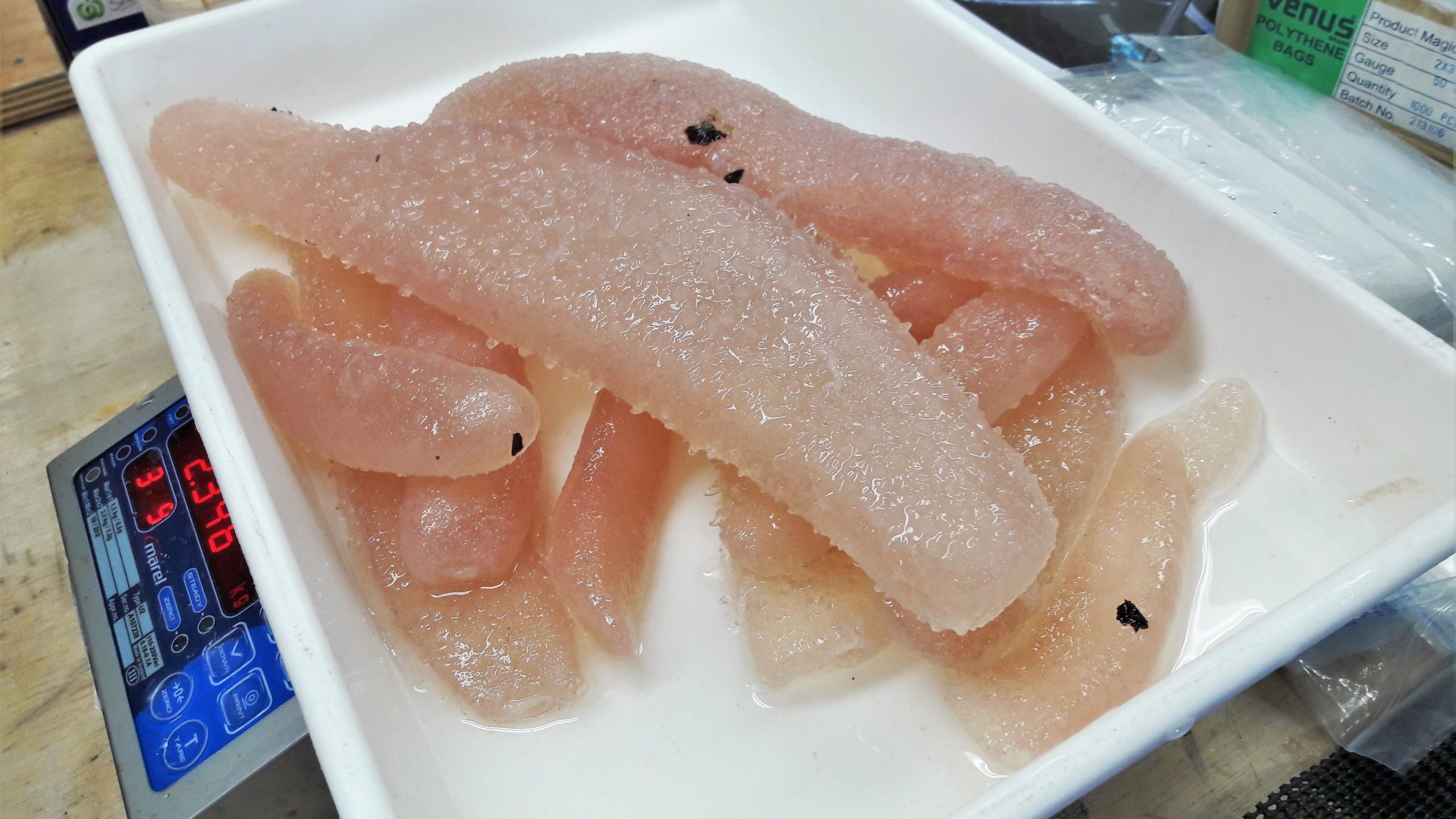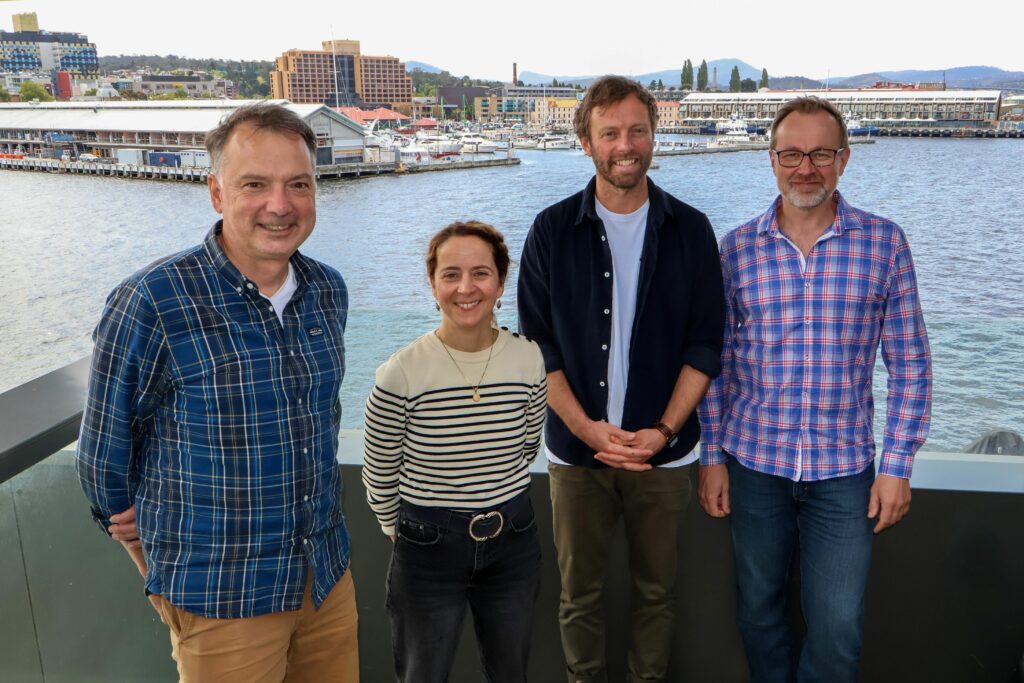Pyrosomes as messenger for warm water in the Southern Ocean
Svenja Halfter

Researchers on board RV Investigator had a very exciting catch on the SOLACE voyage in the subantarctic Southern Ocean! Pyrosomes of the species Pyrosoma atlanticum landed in our last Rectangular Midwater Trawl that we towed through the upper 200 m of the water column.
Pyrosomes are tunicates and closely related to salps. In fact, they are also closer related to us humans than, for example, sea stars or crustaceans. Their “bodies” are colonies of small animals called zooids, which can reproduce rapidly in favourable conditions and form large pyrosome blooms in the ocean. Their name translates into “fire bodies”, coming from their green or pink bioluminescence in the dark. This is caused by the light-emitting enzyme luciferase, that is produced by bacterial symbionts.

The development of pyrosome blooms in the open ocean and their impact on the ecosystem are still not well understood. In recent years, more and more pyrosome blooms are recorded, for example along the west coast of the USA, where the animals are being washed ashore frequently. Pyrosomes mainly live in tropical and subtropical waters but can be introduced to higher latitudes with the expansion of warm water masses during a marine heatwave or an El Niño event.
The pyrosomes in our trawl can be used as an indicator for warm, subtropical waters that originate in the East Australian Current (EAC) and are transported all the way into the subantarctic Southern Ocean. As the EAC is predicted to extend further south in future, pyrosomes can be used as first messenger of ocean change.
A pyrosome bloom can have different consequences for the subantarctic ecosystem and the ocean’s capability to take up carbon dioxide from the atmosphere. On the one hand, the animals have only a low nutritious value due to their low lipid levels, which makes them a sub-optimal food item for fish and seabirds. On the other hand, pyrosomes could be able to increase the downward carbon transport in the ocean. They perform deep vertical migrations down to several hundred meters, produce faecal material at a fast rate and sink rapidly to the deep sea after the bloom collapses and dies. In this way, the carbon that is stored in their bodies and faecal material is removed quickly from surface waters, which increases the capability of the ocean to take up carbon dioxide.
Future research needs to focus on the impact of pyrosome blooms on ecosystem and carbon transport in the subantarctic Southern Ocean.

Author: Svenja Halfter is a PhD candidate at the Institute for Marine and Antarctic Studies. She studies zooplankton in the Biological Carbon Pump of the Southern Ocean.



